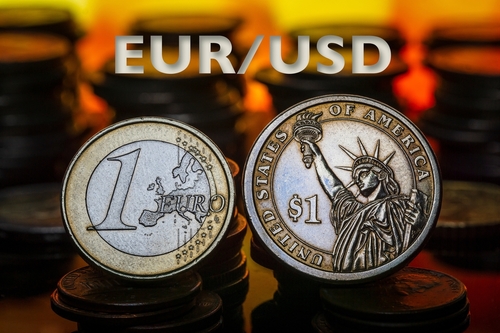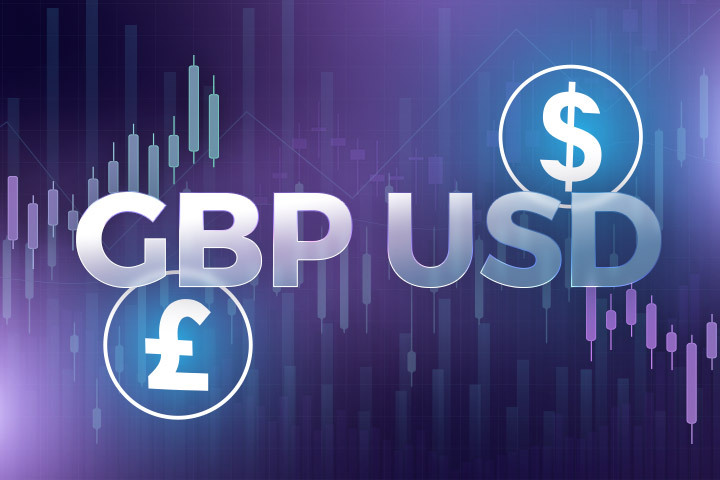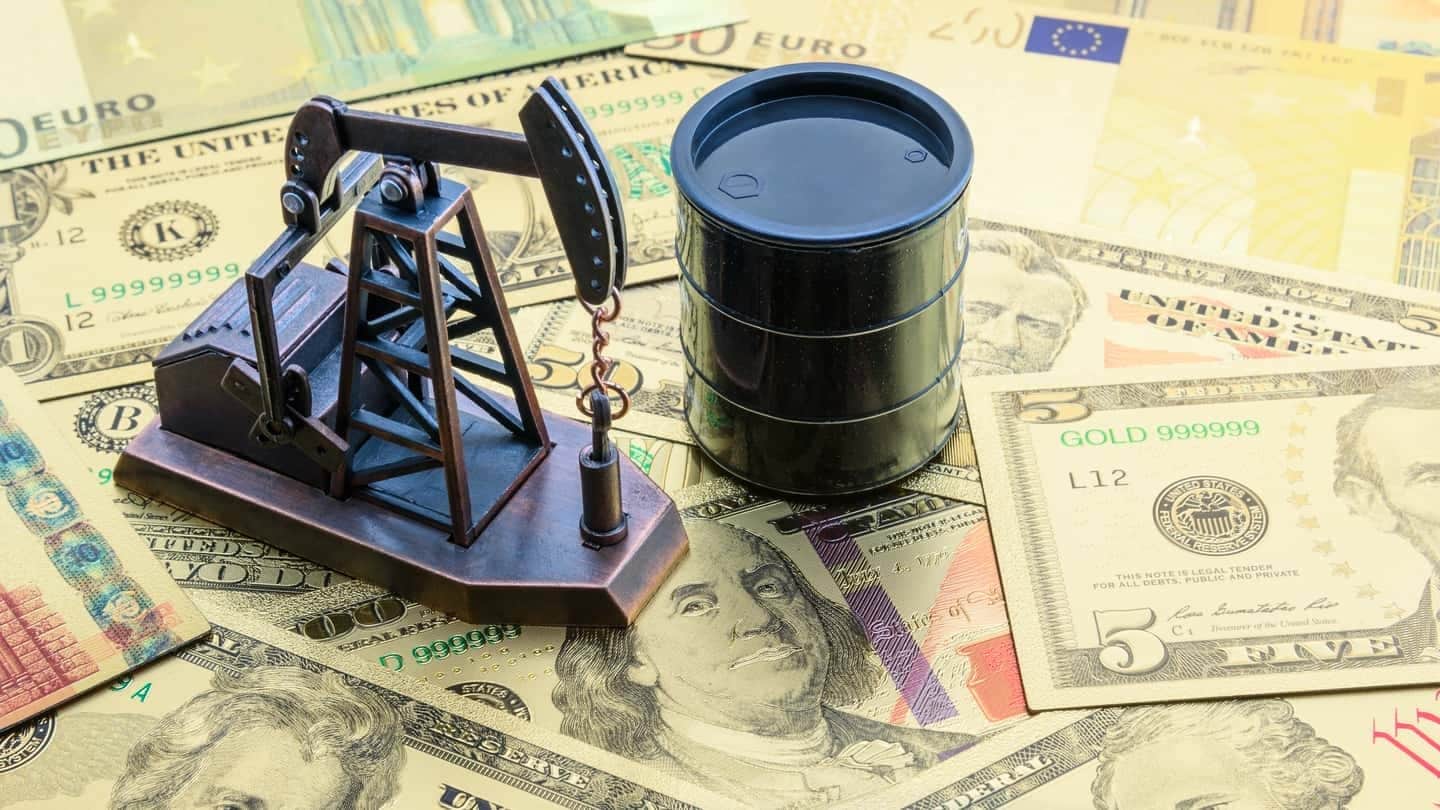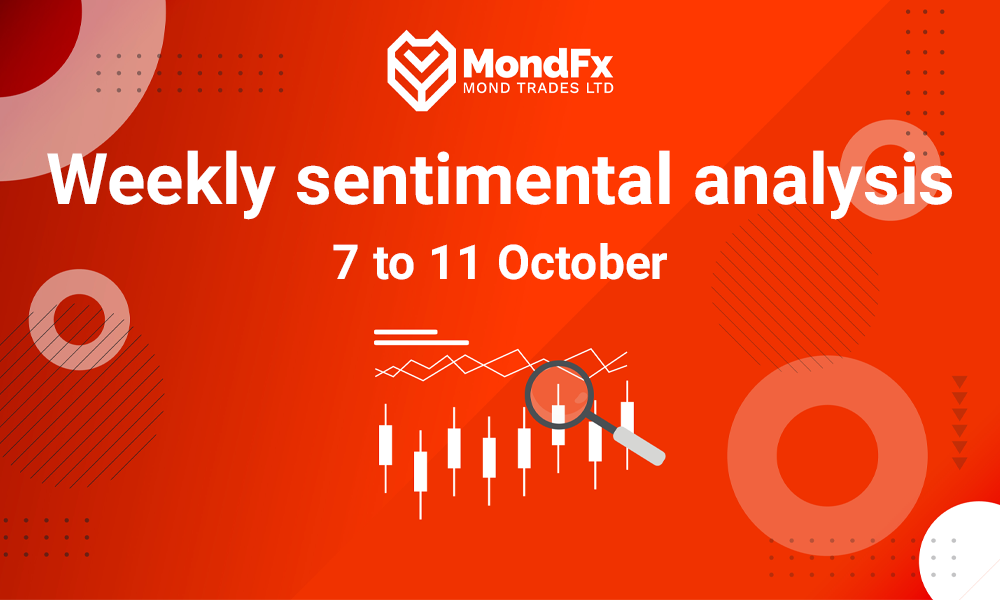
The Gold
The global ounce of gold lost its upward momentum during the first week of October, experiencing a drop of approximately 1.8% after reaching a new price ceiling on September 26. The US dollar gained significant strength in the first week of October, influenced by cautious remarks from Jerome Powell, the Chairman of the Federal Reserve, along with positive economic data from the US labor market and services sector, amid market risk aversion due to tensions in the Middle East. This led to the best trading week for the dollar in the past two years. However, gold remained resilient against the strengthening dollar and did not experience a significant decline. Analysts believe that escalating tensions in the Middle East, the direct conflict between Iran and Israel, and rising oil prices have prevented gold from being under substantial downward pressure from the dollar’s appreciation.
Investors and traders in the gold market will continue to monitor economic developments in the US and the ongoing situation in the Middle East. Currently, based on the FedWatch tool provided by the CME group, a higher percentage of investors foresee a 0.25% reduction in the Federal Reserve’s interest rate next month, which contributed to the dollar’s strength during the first week of October. If in the second week of October, inflation data for the US, such as the Consumer Price Index and Producer Price Index, show a more aggressive decline in interest rates, gold may not have much opportunity for growth.
From a technical perspective, the range of 2670 to 2675 has established a significant resistance level for gold’s trend. If this resistance range is broken upwards, gold could have the opportunity to rise to its previous price ceiling and might even enter the 2700 dollar range per ounce. If this resistance level is not broken, gold will likely remain in a range-bound trend, and a break below the 2640 range could lead the global ounce to approach the psychological levels of 2600 to 2605 dollars.

The Euro
A 7.6% drop in energy costs led to a reduction in Germany’s annual inflation rate to 1.6% in September, the lowest figure since February 2021. Core inflation also fell to 2.7%, the lowest since January 2022. While inflation in Germany is decreasing, the country is grappling with sluggish economic growth, with forecasts suggesting no growth in 2024. However, this has yet to be confirmed, as Deutsche Bank expects Germany’s GDP growth to rise from 0.3% this year to 1.1% in 2025 and 1.4% in the following year.
On Tuesday, eurozone inflation data was released, showing a decline to 1.8%, falling short of the European Central Bank’s (ECB) target of 2%. The decrease in inflation below the 2% target in the largest eurozone countries, coupled with the evident weakness in the region’s economy, has strengthened investor sentiment that the ECB should expedite interest rate cuts. The only factor that could oppose the ECB’s decision to lower rates would be concerns over rising energy prices and accelerating service inflation.

The Pound
Last week, the pound experienced a relatively sharp decline, entering a corrective phase after a period of growth that had established it as the strongest major currency. Attention has turned to Andrew Bailey, the Governor of the Bank of England (BOE), who, in an interview with The Guardian, deviated from the usual cautious approach by discussing a more proactive stance on interest rate cuts. Following this interview, another BOE member, Huw Pill, attempted to temper the emerging sentiment; however, markets currently expect a rate cut in November, with a 65% probability of another reduction in December.
A key test for the pound will come with the release of the Gross Domestic Product (GDP) data for August, set to be published on Friday, which will include industrial production and trade data. Disappointing figures could lend credibility to Bailey’s comments and accelerate the pound’s downward momentum.

The Oil
This week, the market experienced the highest increase in West Texas crude oil prices since March 2023, with futures contracts rising by 9.1% to reach $74.38 per barrel. Additionally, WTI oil finished Friday with its fourth consecutive price increase. Following the escalation of conflicts between Israel and Iran, the risk premium on oil prices has risen, and it appears the market may temporarily maintain its upward momentum. Concerns are growing that Israel might retaliate against Iranian oil infrastructure in response to missile attacks from Tehran on Tel Aviv. As a member of OPEC, Iran has a relatively significant share in global oil supply, and disruptions to its oil supply chains and facilities could potentially disrupt about 3% of global oil supply.
President Joe Biden indirectly confirmed rumors of discussions between the US and Israel regarding these extensive attacks on Iranian oil facilities in a brief interview on Thursday, which contributed to increased fears and further price growth for this strategic commodity. However, if these threats are executed and supply disruptions extend to the Strait of Hormuz—controlling about one-third of the world’s oil supply—$200 oil barrels may not be out of reach.
It’s worth noting that the strength of the dollar index has stabilized following strong US employment data, wage figures, and unemployment rates that exceeded expectations, contributing to the rise in oil prices despite a stronger dollar. Additionally, factors such as the reopening of Libyan oil fields after internal negotiations this week, an increase in oil exports from Russia by 850,000 barrels per day, renewed production from Saudi Arabia, and negative sentiment surrounding ineffective support from China’s central bank all pose threats to oil price growth.
If Israel retreats from its position regarding extensive and direct attacks on Iranian oil facilities and the involvement of the Strait of Hormuz, it won’t be long before a negative outlook returns, leading sellers of this commodity back to the market.



